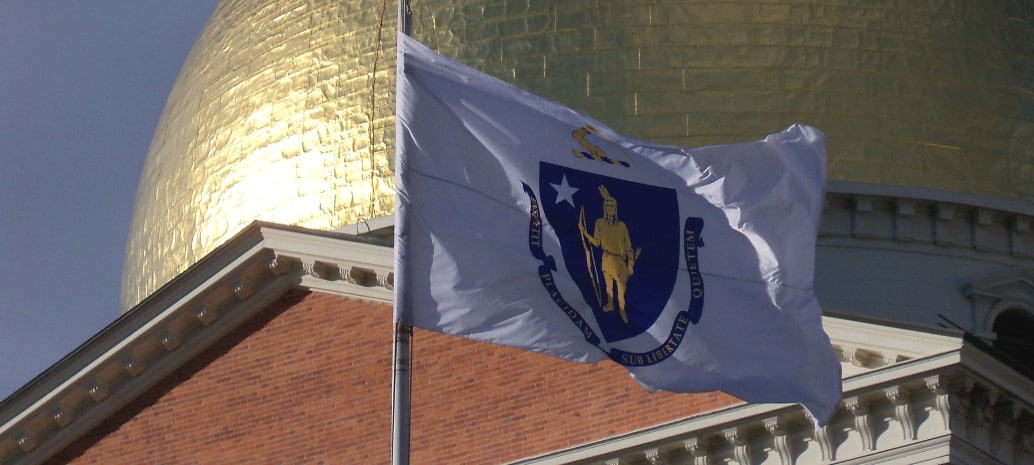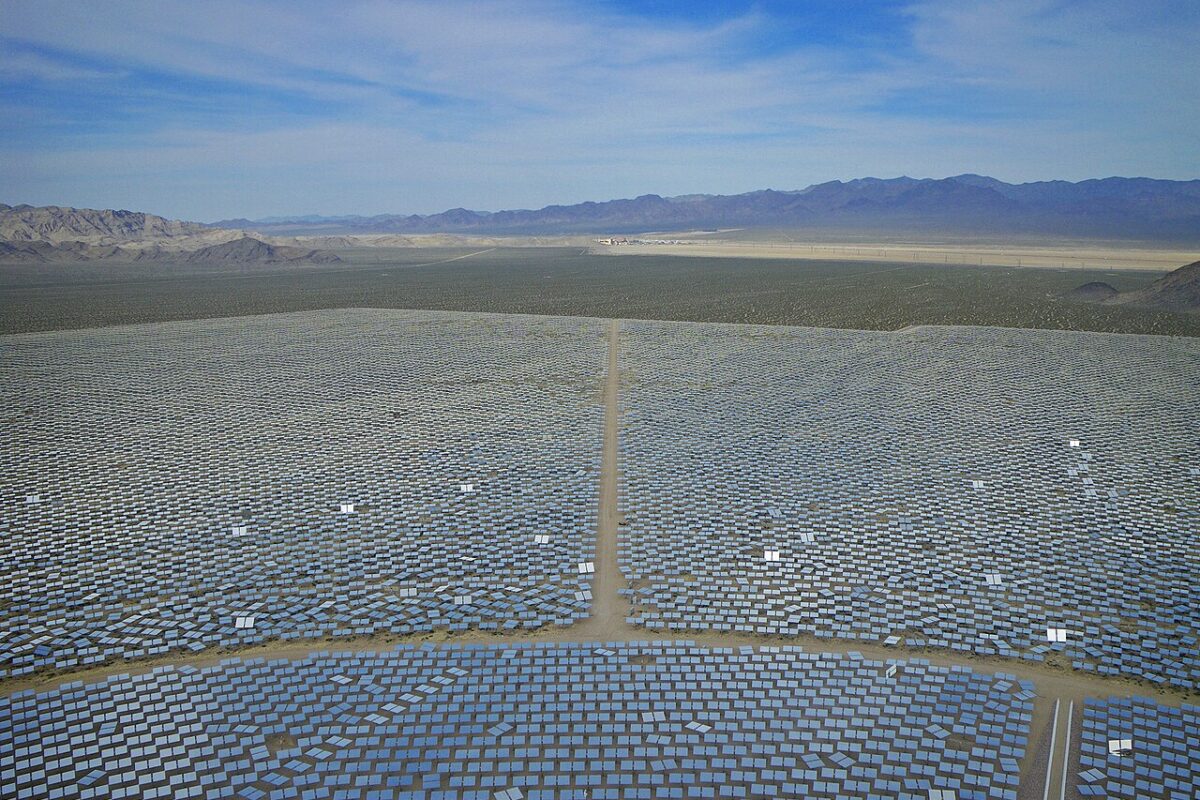The State of Massachusetts has put forth plans that will require retail electricity utilities to provide buyers with cleaner and cheaper electricity options during the most expensive and dirtiest periods of the year.
Peak period electricity is getting much attention during the ongoing 2017-2018 New England winter where highly polluting oil was burnt, and day ahead electricity rates reached $247/MWh.

The 76 page document, titled Establishing an Integrated Climate Change Strategy for the Commonwealth, gives just under two pages of language on the topic. The document approves $1.4 billion in spending across the state, though other than directing a department developing further legislation, none of the money is for the clean peak requirements.
The language specifies the electricity usage that qualifies for this clean period occur
When electrical consumption results in a significant increase in greenhouse gas emissions, or an increase in electrical prices or transmission and distribution costs to end-use electricity customers of the commonwealth.
This definition will be limited to 10% of hours during the year, as defined by forecasting from the region’s grid operator. As these circumstances tend to occur during the winter in the evening, it is unlikely that direct solar production will meet this need, however offshore wind may. Energy storage will have to be an important part of this program.
The legislation further states that this standard is partially being designed to lower overall energy costs, as such it must be designed in a way to add lesser than, ‘0.5 cents per kilowatt-hour in the aggregate for any particular year.’
The exact structures of this legislation to accommodate this have yet to be created. Three structures in particular were noted – 1. how to define the clean peak period, 2. the minimum amount of clean peak resources to satisfy the standard, and 3. any alternative compliance mechanisms for retail electricity suppliers to meet the standard.
The program is written to run through the end of 2040.
Massachusetts is looking at many solutions to meet its clean energy obligations. There are multiple bills looking to push the state’s renewable portfolio standard. The source of this electricity is varied as well – offshore wind, connections with Canadian hydroelectricity and – of course – significant amounts of solar electricity. As well, the state is just stepping its toe into energy storage – with one report stating there is a clear path to strategically deploy over 1,770 MWh.
New England is an outlier in that limited supply of gas into the region and the prioritization of contracts for heating mean that the region sometimes uses oil-fired generation during peak periods. In most regions, these peak periods of electricity are met by natural gas peaker plants that run 1-3% of the year. Arizona legislators are pushing hard against utility plans that include these plants – with specific ‘peaker’ language aiming to develop energy storage resources. Reports from Minnesota are suggesting solar+storage in the far north state are already cheaper than new natural gas peaker plants.
With record sized energy storage bids and wind or solar prices constantly going down, the days of the natural gas (and oil) peaker plants are burning out.
This content is protected by copyright and may not be reused. If you want to cooperate with us and would like to reuse some of our content, please contact: editors@pv-magazine.com.








By submitting this form you agree to pv magazine using your data for the purposes of publishing your comment.
Your personal data will only be disclosed or otherwise transmitted to third parties for the purposes of spam filtering or if this is necessary for technical maintenance of the website. Any other transfer to third parties will not take place unless this is justified on the basis of applicable data protection regulations or if pv magazine is legally obliged to do so.
You may revoke this consent at any time with effect for the future, in which case your personal data will be deleted immediately. Otherwise, your data will be deleted if pv magazine has processed your request or the purpose of data storage is fulfilled.
Further information on data privacy can be found in our Data Protection Policy.